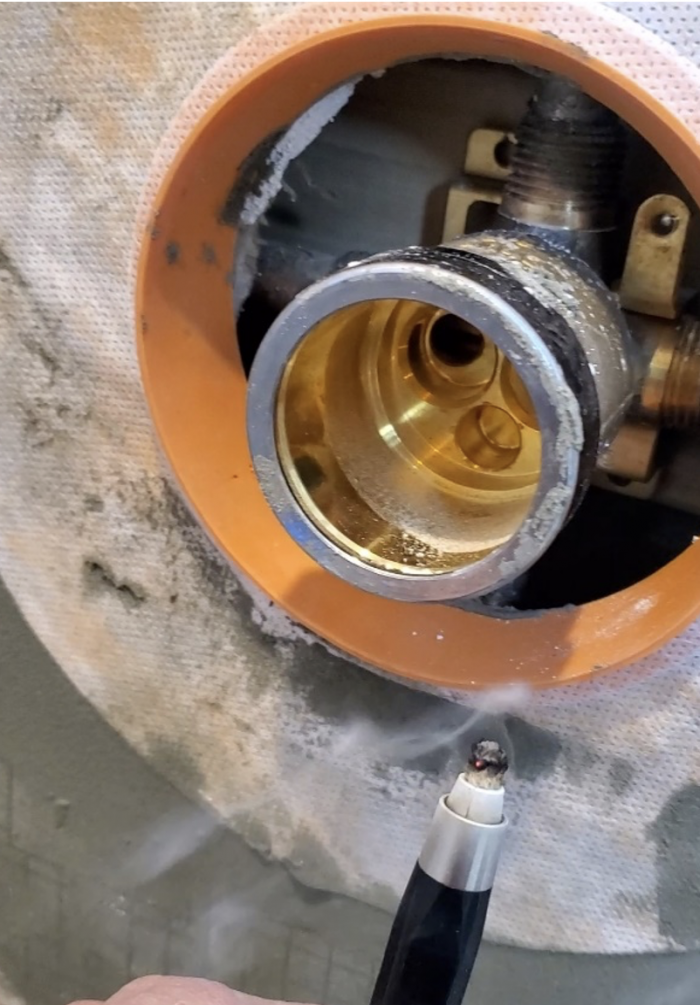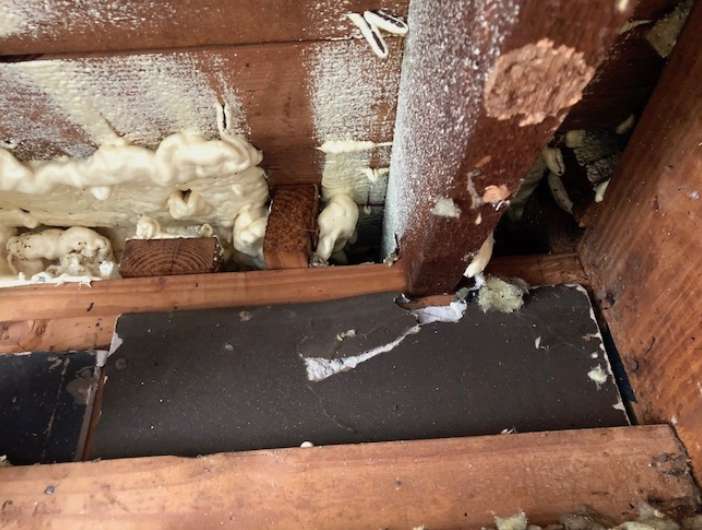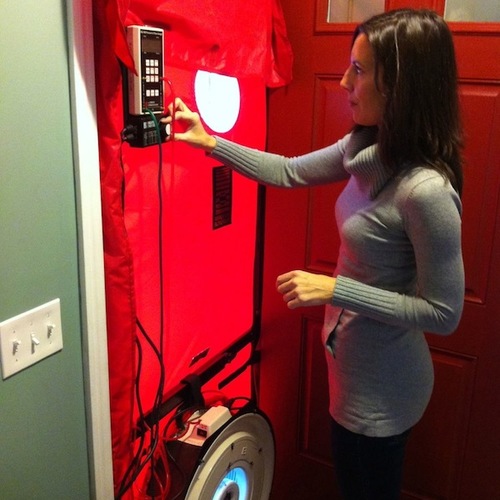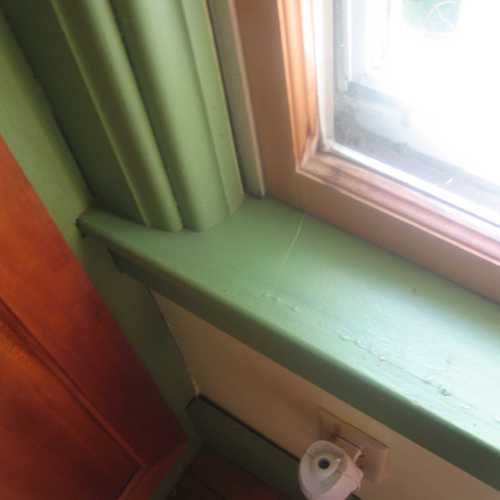
The blower door is my No. 1 tool when diagnosing air leakage problems in a building. This tool not only gives me an idea of how leaky the building is, but also indicates the location(s) of the air leaks. There are several ways this can be done but my go-to method is a thermal imaging camera. These cameras help get a good visual of temperature differences that can be created during blower-door testing—that is, if there is a temperature difference between inside and outside the home. If there isn’t, then thermal imaging won’t work.
Your senses can be a useful tool too. Look for moving curtains or cobwebs; keep a nose out for the smell of raw fiberglass; listen for a whistling sound, which can indicate air moving through a hole; and use the back of your hand to feel for air leaks.

Using smoke to find holes in the building envelope is yet another effective method and the focus of this post.
Four types of testing tools
I own four different tools that can produce smoke: a smoke pen, a smoke puffer, and two different theatrical foggers. The smoke pen is a simple test tool used to pinpoint air leaks. It has a wick that is lit on fire with a lighter or match. Once the wick has burned for a few seconds, you blow out the flame and allow the wick to smoke. The smoke lasts only a few minutes; when the the pen stops smoking, you will have to re-light the wick. This tool is cheap and reliable but you have to work with an open flame, which can be hazardous in tight spaces like an attic or crawlspace.
A better option for spot-testing…
Weekly Newsletter
Get building science and energy efficiency advice, plus special offers, in your inbox.

This article is only available to GBA Prime Members
Sign up for a free trial and get instant access to this article as well as GBA’s complete library of premium articles and construction details.
Start Free TrialAlready a member? Log in















2 Comments
I like the idea of pressurizing the house during construction and using fog to detect leaks. If a warm side air barrier is used in a new home, depressurization can pull the air barrier away from the walls and cause damage. The method you describe makes sense and can be employed when walls are insulated and the air barrier in place. The leaks can be identified before the drywall is installed.
Hey Doug, depending on the air barrier on the interior I agree. I have done several negative pressure tests using Intello and Majrex as the only product between the inside and outside without pulling them off the studs, though I do think there was some leakage through all the staples holding Intello in place on one of the tests. I have pulled standard poly off ceilings a few times when testing before the drywall installation, not fun when there's blown insulation present. I prefer to use Duraskrim on the ceilings when I'm involved in the planning or construction.
Log in or become a member to post a comment.
Sign up Log in